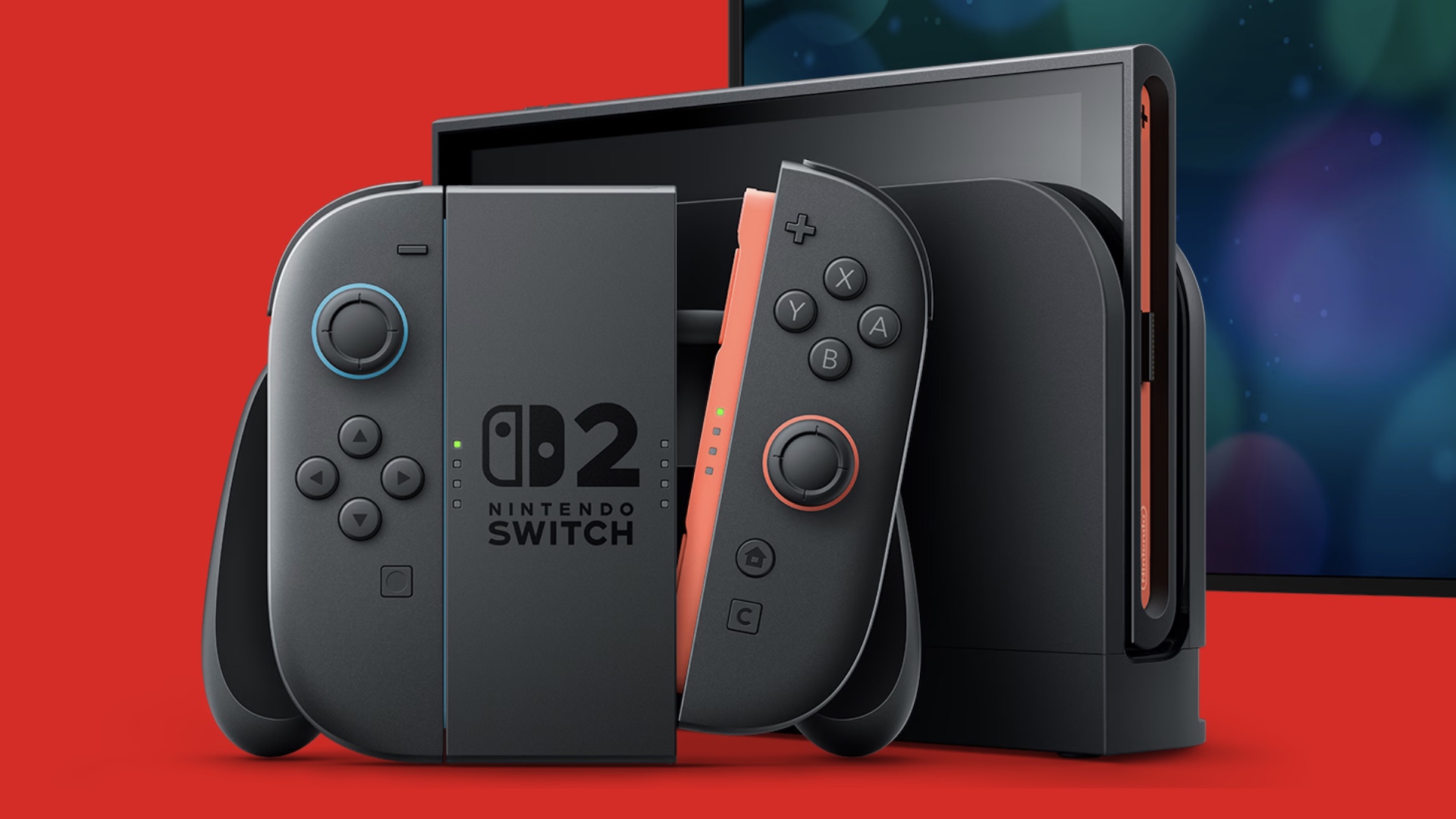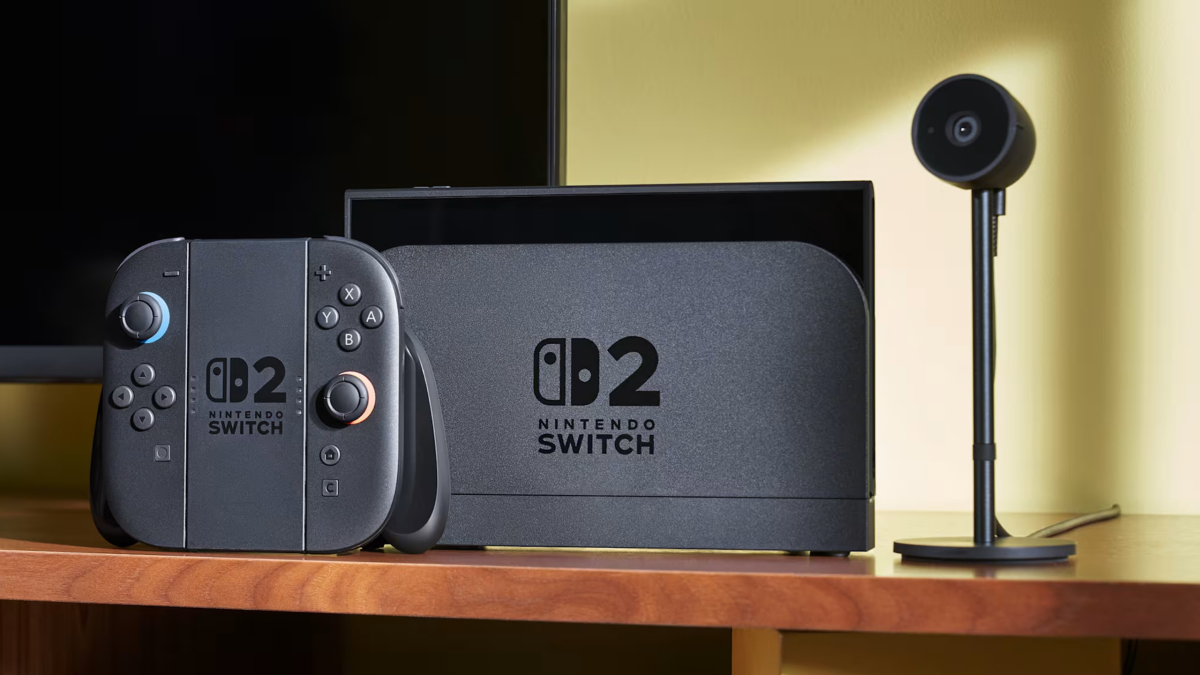Following the reveal of the Nintendo Switch 2, there remains a significant amount of uncertainty regarding its internal hardware specifications. Neither Nintendo nor Nvidia has provided detailed information on critical aspects such as the Arm CPU architecture, GPU architecture, RAM capacity, memory speed, or the number of graphics cores. As of now, much of the hardware remains a mystery, leaving fans and analysts to speculate about the specifics.
Custom Nvidia Processor and DLSS Technology Enhancements for Superior Graphics Performance
Despite the lack of detailed technical specifications, interviews with Nintendo executives and a blog post from Nvidia have shed some light on the Switch 2’s chip capabilities. The handheld will feature a “custom Nvidia processor,” which includes a GPU equipped with dedicated Ray-Tracing Cores and Tensor Cores.
These cores are designed to enhance visuals through ray tracing and improve AI-driven features, contributing to stunning graphics. This custom design promises significant performance improvements over the current Switch hardware.

One of the major advancements in the Switch 2’s graphics is the inclusion of Nvidia’s Deep Learning Super Sampling (DLSS) technology. DLSS allows the system to upscale lower-resolution images to higher resolutions with minimal impact on performance and image quality, making it ideal for games that aim for 4K resolution or 120 FPS at 1080p. This upscaling technology is expected to be a key enabler in achieving smooth performance without sacrificing visual fidelity, even with more demanding games.
G-Sync in Handheld Mode and Speculation on Nvidia T239 Chip for Switch 2
Another key technology supported by the Switch 2 is Nvidia’s G-Sync, which prevents screen tearing by synchronizing the display’s refresh rate with the game’s frame rate. However, it’s important to note that G-Sync will only be available in handheld mode, not when the Switch 2 is docked. This limitation is likely due to the bandwidth constraints of the HDMI port in the dock, which may not support the full capabilities of G-Sync during docked play.
Speculation points to the Nvidia T239 as a likely candidate for powering the Switch 2. This chip, a slightly reduced version of Nvidia’s Orin T234 designed for automotive and industrial use, employs the Ampere architecture. Ampere is the same architecture used in Nvidia’s GeForce RTX 30-series GPUs. While Ampere does not support DLSS Frame Generation (a feature found in Nvidia’s newer 40- and 50-series GPUs), it does support DLSS upscaling and hardware-accelerated ray tracing, making it a solid choice for the Switch 2’s GPU needs.




